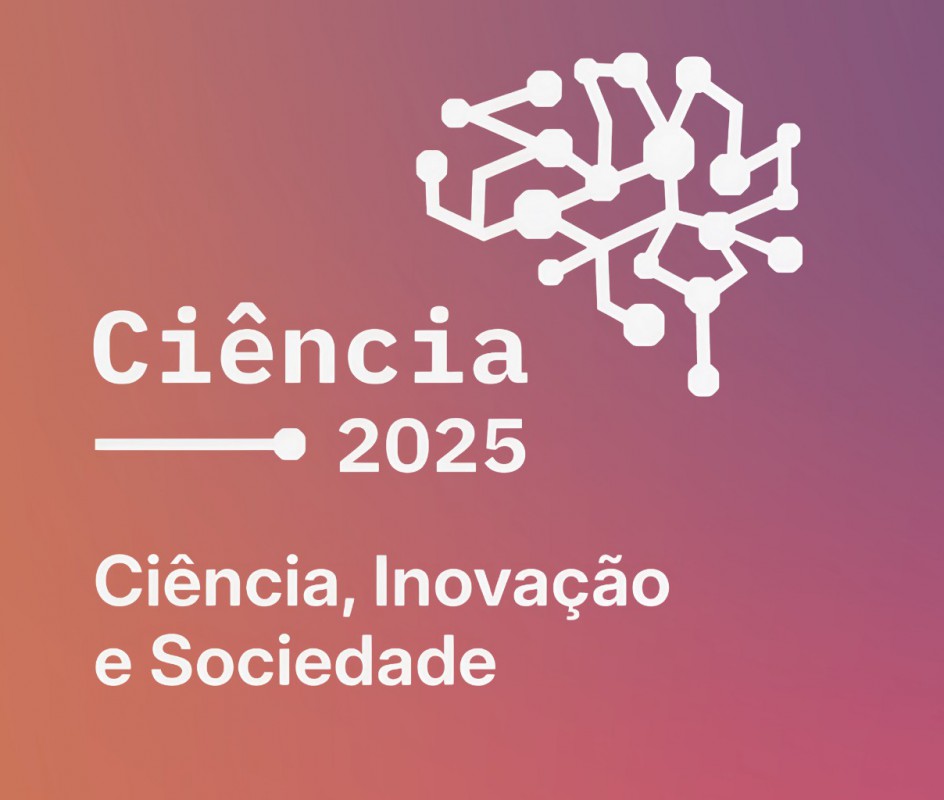
Researchers from the Department of Physics and the CICECO - Aveiro Institute of Materials have partnered with national and international institutions to develop groundbreaking light-trapping and UV photon-shifting technologies for perovskite solar cells. CICECO collaboration with the Nova University of Lisbon, Arizona State University, and the University of York is advancing renewable energy technology and opening new doors for space exploration applications. This breakthrough research was recently published.
The team addressed the challenge of UV degradation—a major cause of "irreversible" damage to perovskites, particularly at the interface between the perovskite absorber and the electron transport layer (ETL). They noted that while UV-shielding encapsulants can prevent UV radiation from reaching the sensitive layers, this often results in a loss of potential efficiency gains due to the absorption of UV photons.
Their solution integrates a dual-function encapsulant that not only shields against UV radiation but also acts as a "photon recycler." By incorporating luminescent down-shifting (LDS) fluorophores, the encapsulant converts high-energy UV photons into lower-energy visible photons. This enhancement allows the perovskite layer to absorb more visible light, thus improving the cell’s external quantum efficiency (EQE).
The researchers created checkerboard gratings with specific symmetry properties to integrate into the solar cells' structure. They applied an LDS encapsulant composed of a tri-ureasil modified with lanthanides onto these CB photonic structures.
The solar cell design includes a substrate made of indium tin oxide (ITO), a titanium oxide (TiO2) ETL, a perovskite absorber, a Spiro-OMeTAD-based hole transport layer (HTL), a silver (Ag) metal contact, and the new encapsulant with the CB photonic structure. The CB grating is top-coated to avoid interference with the active absorber layer, which could otherwise lead to electrical degradation through increased recombination.
Testing two solar cells with perovskite absorbers of 250 nm and 500 nm thicknesses, the team found that the new cells achieved photocurrent increases of 25.9% and 28.2%, respectively, compared to identical cells without the CB structure and encapsulant.
The researchers demonstrated that their design can convert at least 94% of incoming UV radiation into the visible spectrum. They highlighted that this advancement could significantly impact the commercial viability of perovskite solar cells and prove vital for space applications under AM0 illumination.
This innovative work is detailed in their paper titled “Photon Shifting and Trapping in Perovskite Solar Cells for Improved Efficiency and Stability,” published in the journal Light.
Read more about the research here:
Light: Science & Applications: link
PV Magazine: link
Interesting Engineering: link
Related Articles
We use cookies for marketing activities and to offer you a better experience. By clicking “Accept Cookies” you agree with our cookie policy. Read about how we use cookies by clicking "Privacy and Cookie Policy".










